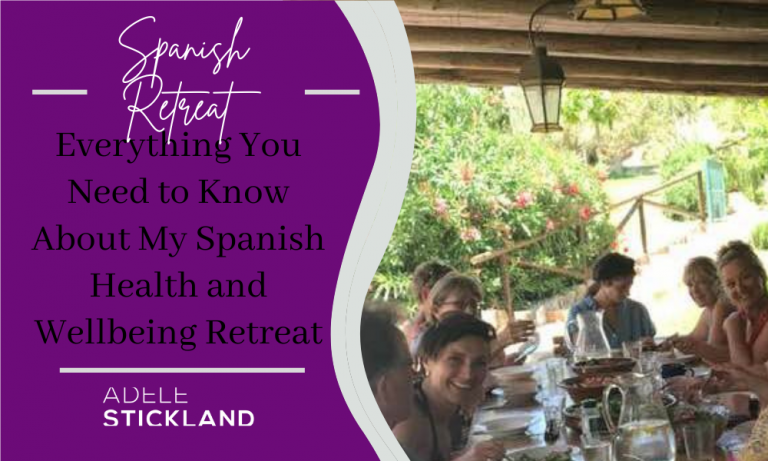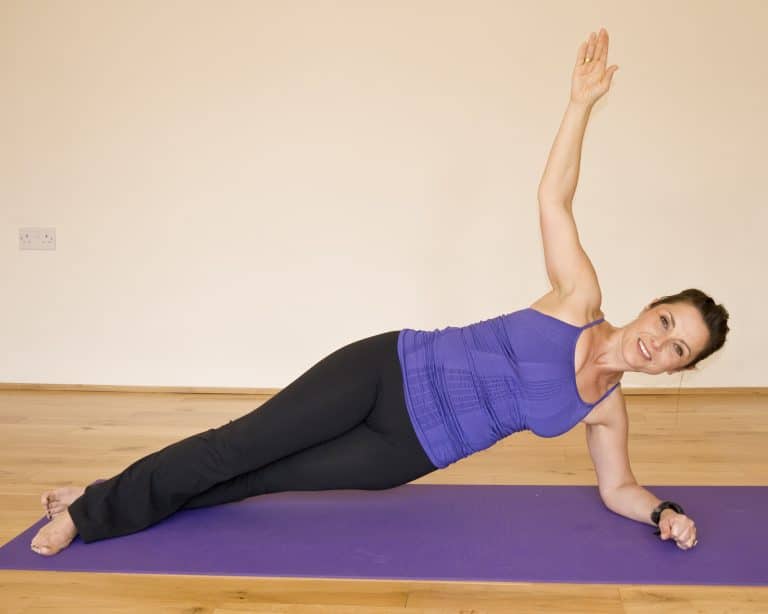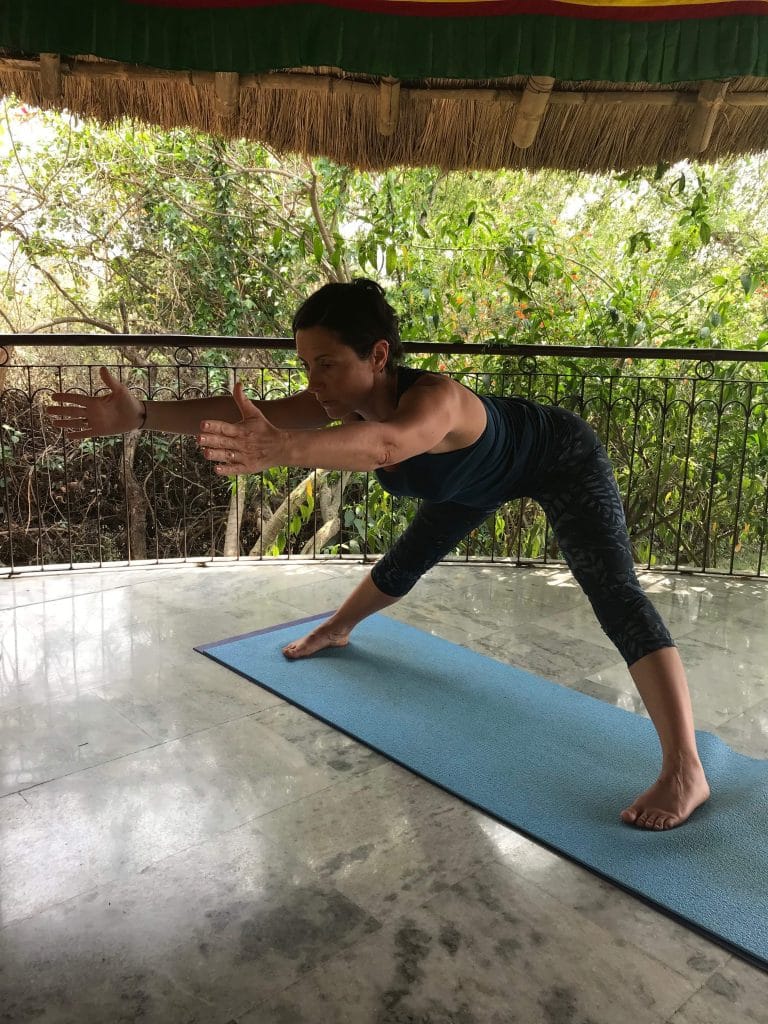
Everything You Need to Know About My Spanish Health and Wellbeing Retreat
A wellbeing retreat is all about letting go, a chance to rejuvenate, heal and transform the relationship you have with yourself and those you love.

Do you want to improve your running technique to run faster? Would you love to enjoy running for as long as possible and run without injury? Perhaps you would like to run faster and feel comfortable after running? Looking after your feet is paramount for any runner or walker and this blog will outline your foot health and 3 main stretches you need to add after every run.
Your feet are incredibly important, but sometimes they just don’t get the care and attention they deserve. Your feet are the guiding light to your entire body. For instance, if your foot rolls in then your hips and knees will be affected. Keeping your feet supple and strong will enable you to run quicker and avoid injury
Sore feet? What do your shoes say about your gait?
Walkers and runners with a normal, neutral gait will show shoe wear in these areas:
However, if your feet are sore in any way, DON’T run and check your shoes, how old are they? If they are showing signs of wear they will tell you so much about your running. For instance, worn tread on the inside of the foot tells you that you are rotating inwards – pronation
Over-pronation, or flat feet, is a common biomechanical problem that occurs when someone’s arch collapses upon weight bearing. This can cause extreme stress or inflammation on the plantar fascia, which can cause severe discomfort and lead to other foot problems. Repetitive pounding on a hard surface can weaken the arch leading to over-pronation and causes increased strain on the feet and calves.
Those with imbalance will show:
When ankle leans inwards:
Overpronation creates shin splints and knee pain
In overpronation, the ankle rolls too far downward and inward with each step. As a result, the big toe and second toe do all of the push off and the foot twists more with each step.
Overpronation leads to strain on the big toe and second toe and instability in the foot. The excessive rotation of the foot leads to more rotation of the tibia in the lower leg, which can lead to shin splints and knee pain.
When ankle leans outwards
Supination creates ankle injury, IT band pain, Achilles tendonitis and plantar fasciitis
Supination is the rolling motion to the outside edge of the foot during a step. A natural amount of supination occurs during the push-off phase of running as the heel lifts off the ground and the front of your foot and toes are used to propel your body forward.
However, if supination continues throughout the stride then your weight isn’t transferred to the big toe and all the work is being done by the edge of the foot and smaller toes which place an extra stress on your foot.
In the video above I have used a towel or a yoga block to strengthen your foot but also to improve the mobility of your foot’s fascia. You can also use a PediRoller which will massage out the sole of the foot, loosening up the plantar fascia. When I feel brave I also use a tennis ball.
A rolling pin or a roller can also be put in the freezer so that the ice can help against inflammation.
Foot exercises
Here are some easy exercises that can help to strengthen your feet:
1. Wiggling and clenching your toes can help to strengthen the plantar fascia (one of the main muscles which go along the sole of the foot.)
2. Try to pick up a pencil with your toes. This is fun but can be tricky depending on the strength of your feet.
3. Take your shoes and socks off and try to ‘walk’ (or move forward) just by clenching and unclenching your toes.
Your thigh muscles help to propel you forward and need extra stretching after a run. Not stretching will only increase tightness in the body, allowing muscles to pull on joints, causing major pain. It doesn’t need to take a lot of time to stretch.
For a while fitness professionals and athletes used ballistic stretching which is bouncing while stretching, however, researches now feel that this may tear muscles—which can lead to scar tissue, tight muscles, decreased flexibility and increased soreness. Holding a stretch and investigating where the stretch is taking you is a more intuitive and helpful way of stretching that your body will enjoy.

Tight hamstrings are the bane of lots of people lives. Tight hamstrings can be caused by activity or even simply by sitting. The tightness reduces the full range of motion in the hamstrings, and that creates a cumulative effect on tight hip flexors. This, in turn, will affect your calves and hamstrings. When your hip flexors are tight, it causes a pelvic tilt that causes tightness in the lower back, and a tight lower back often results in tight hamstrings.
Being sedentary will also tighten up your hip flexor and even hip flexor pain.
The hip flexor muscles allow you to bend at the waist and raise your leg
Excessive sitting causes these muscles to relax and deactivate.
They become progressively weaker and shorter, sometimes causing a painful condition called adaptive shortening.
The most common issue when running, not getting enough fluids, especially when the weather is cloudy or cold. In the summer months, whilst the weather is hot it is easy and manageable to keep hydrated. The weather and the heat offer you a trigger. However, when the weather is cold you aren’t aware and you may not realise you are sweating.
Water helps you to boost your metabolism and energise you. Drinking water helps you to stay healthy. Join 7-day water challenge.
Pilates is fundamentally about integration: integrating movement into a flowing whole body experience and integrating the mind and body to create clarity and purpose. By integrating your mind with your body you will rejuvenate your spirit and will be on your way to creating a life of balance.
If you are interested in a little more Pilates practice or homework join me for a Pilates class at home
[random_testimonial theme=”default_style” count=”1″ show_title=”0″ use_excerpt=”0″ show_thumbs=”1″ show_date=”1″ show_other=”1″ hide_view_more=”0″ output_schema_markup=”1″ show_rating=”stars”]

A wellbeing retreat is all about letting go, a chance to rejuvenate, heal and transform the relationship you have with yourself and those you love.

Whether you are an online subscriber or a participant in my classes why should you choose Adele’s Pilates? I teach every exercise at 3 levels: Level

Creating a structure around exercise is vital for mental health. Pilates gives you space and concentrated time to not only makes you stop and think